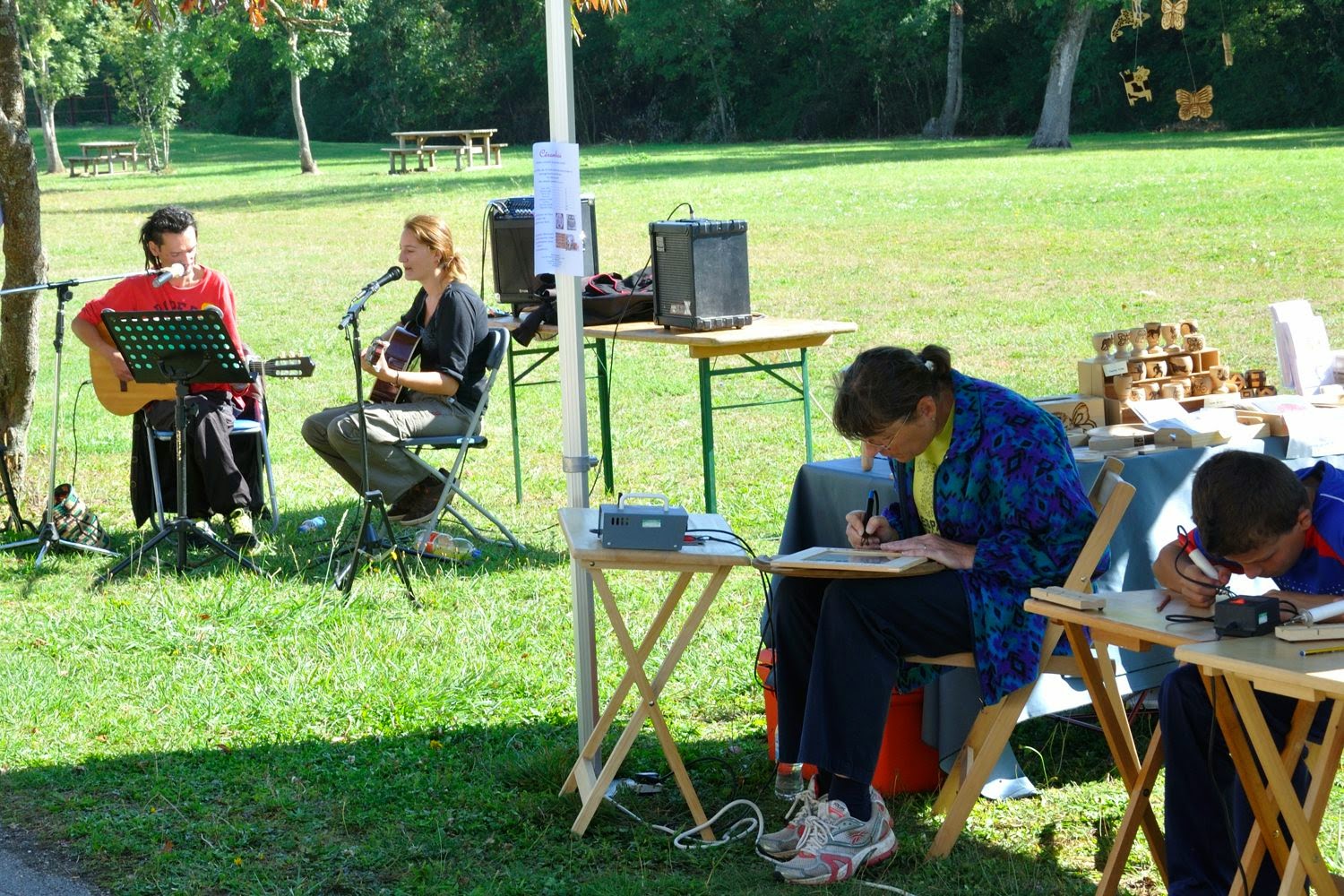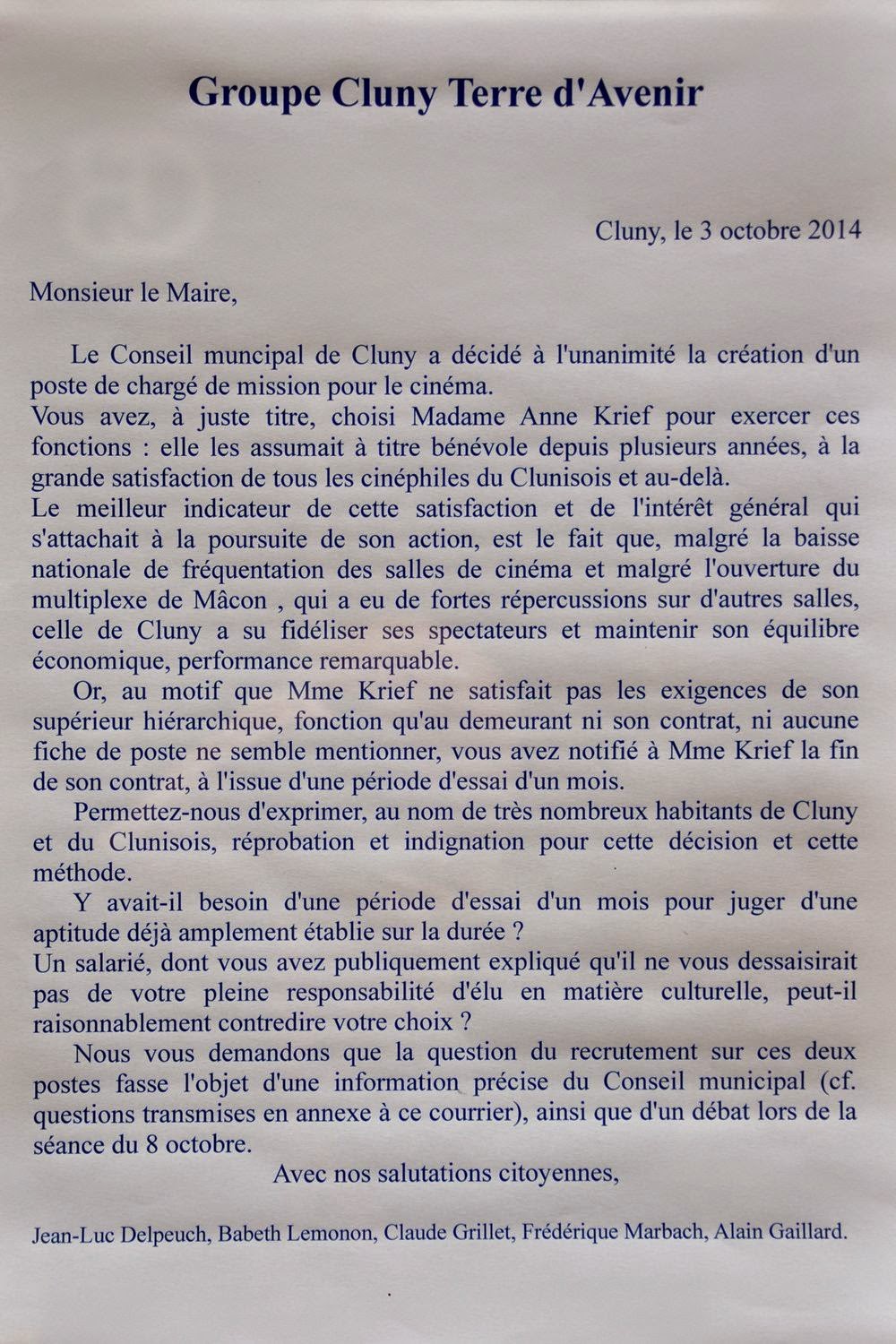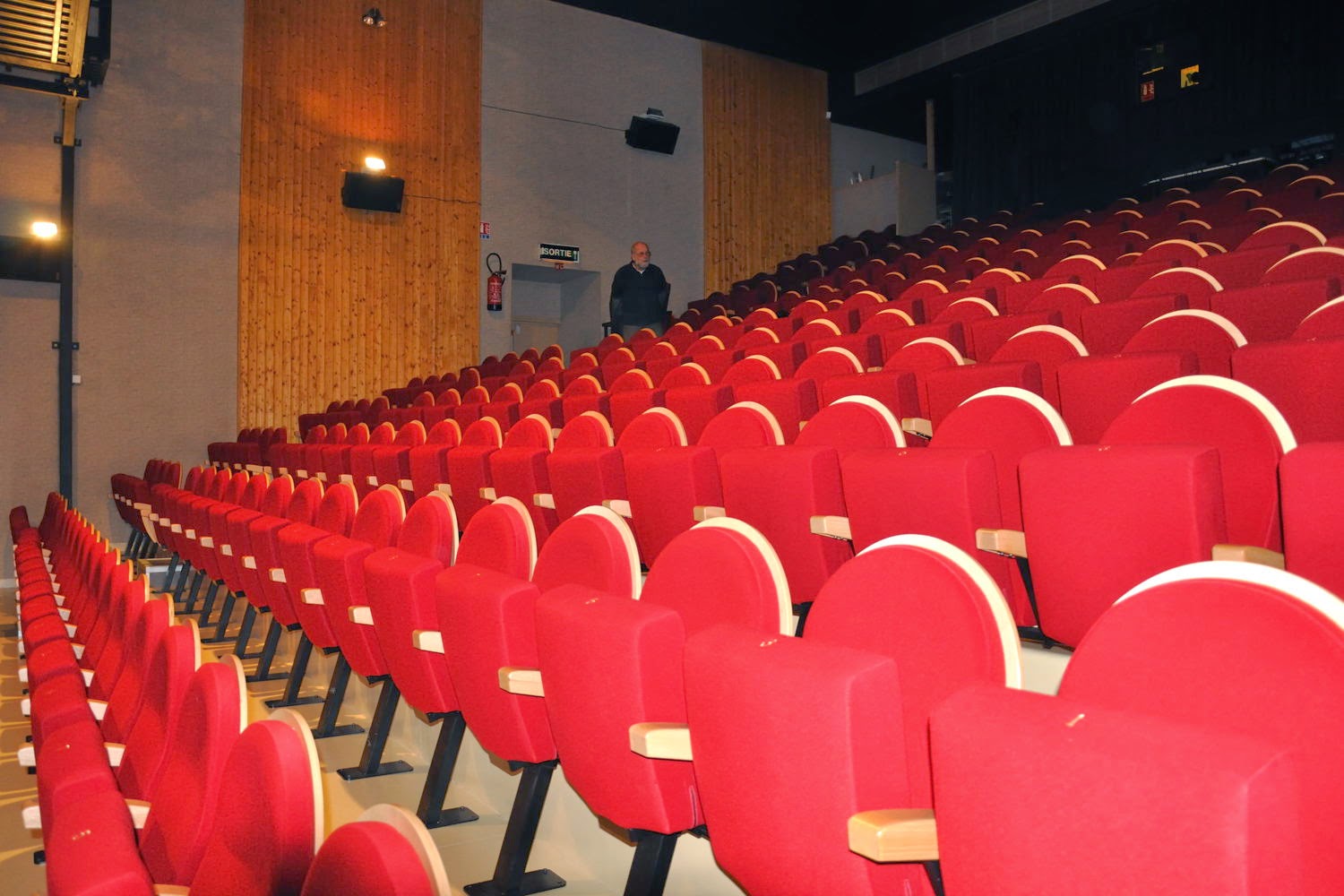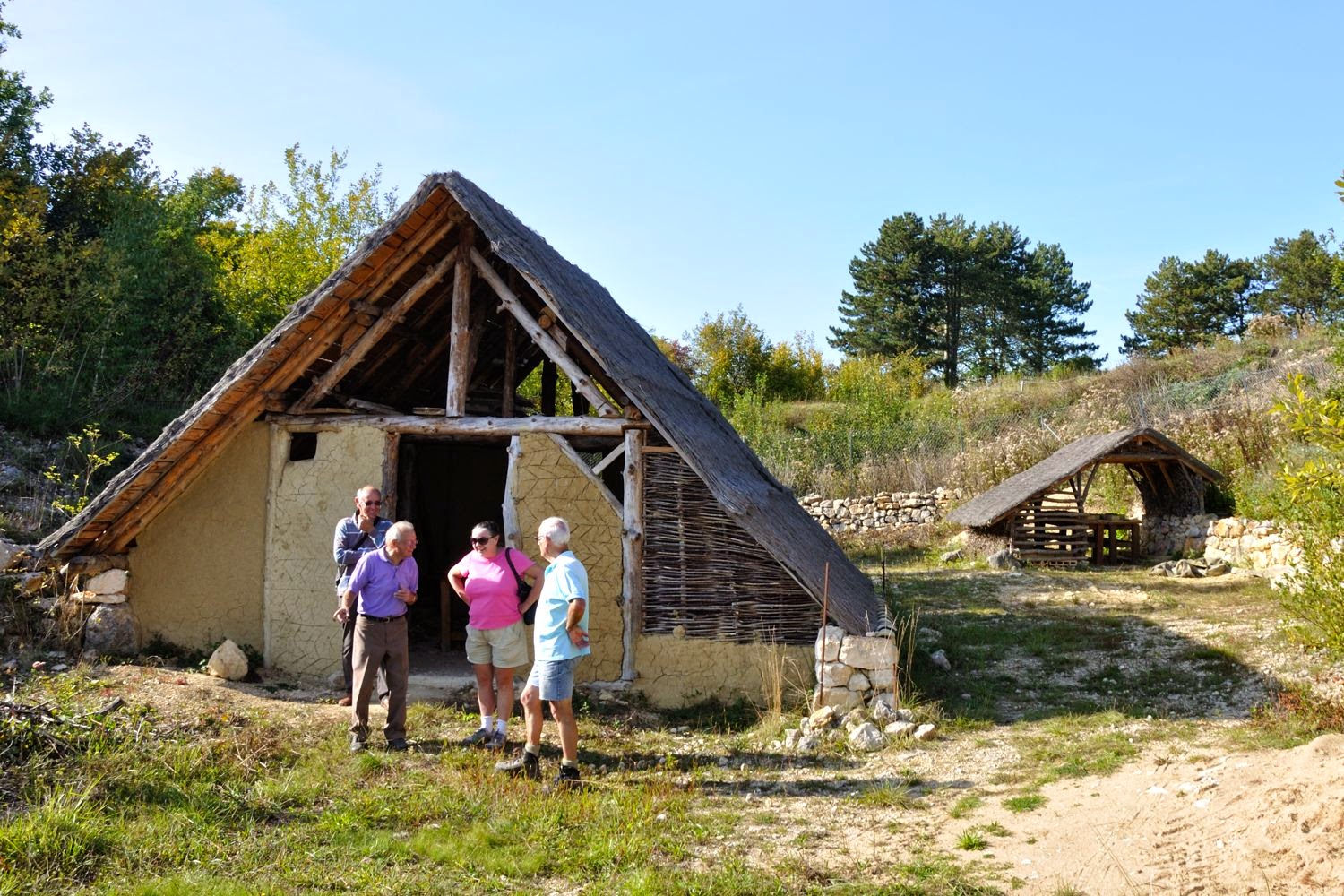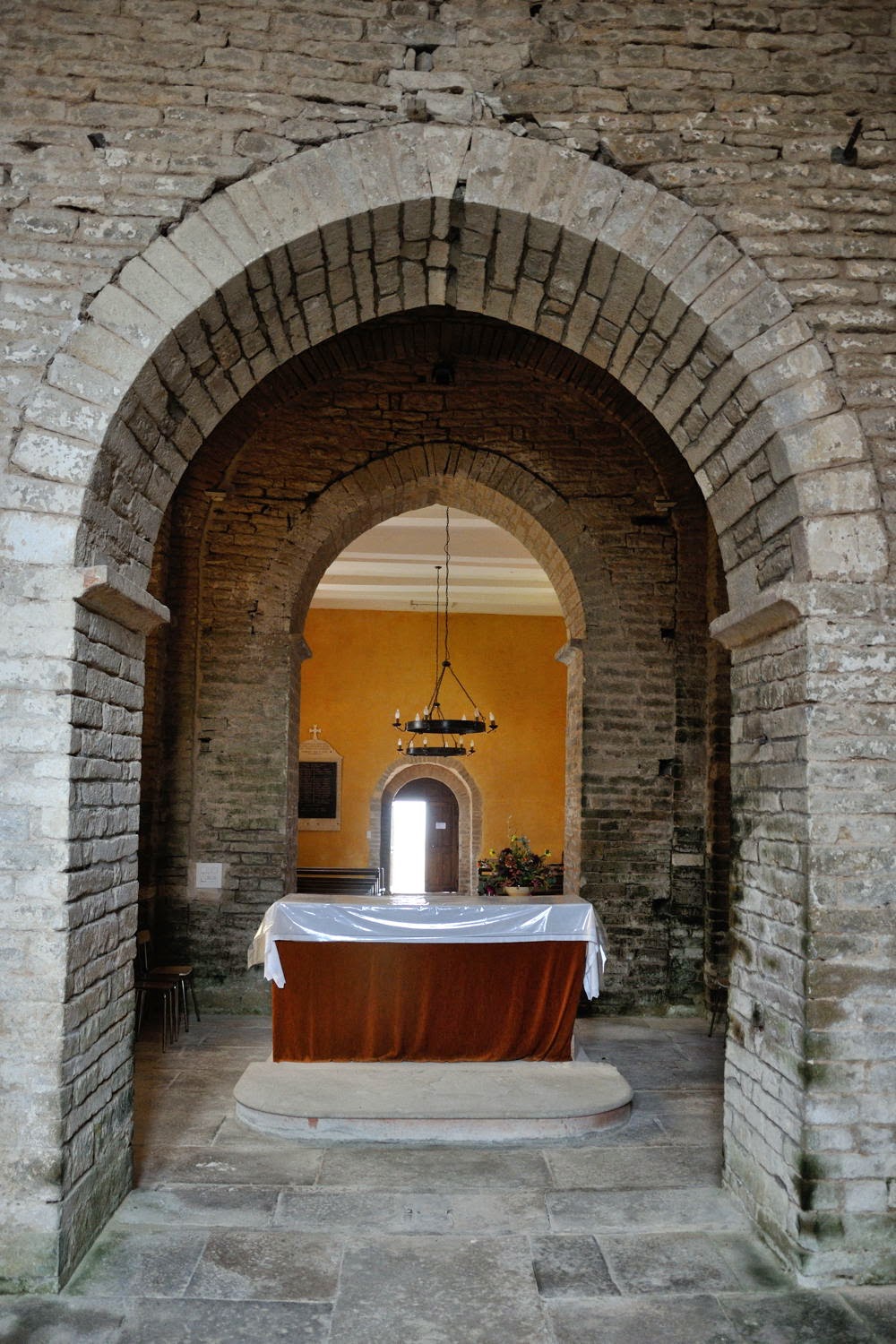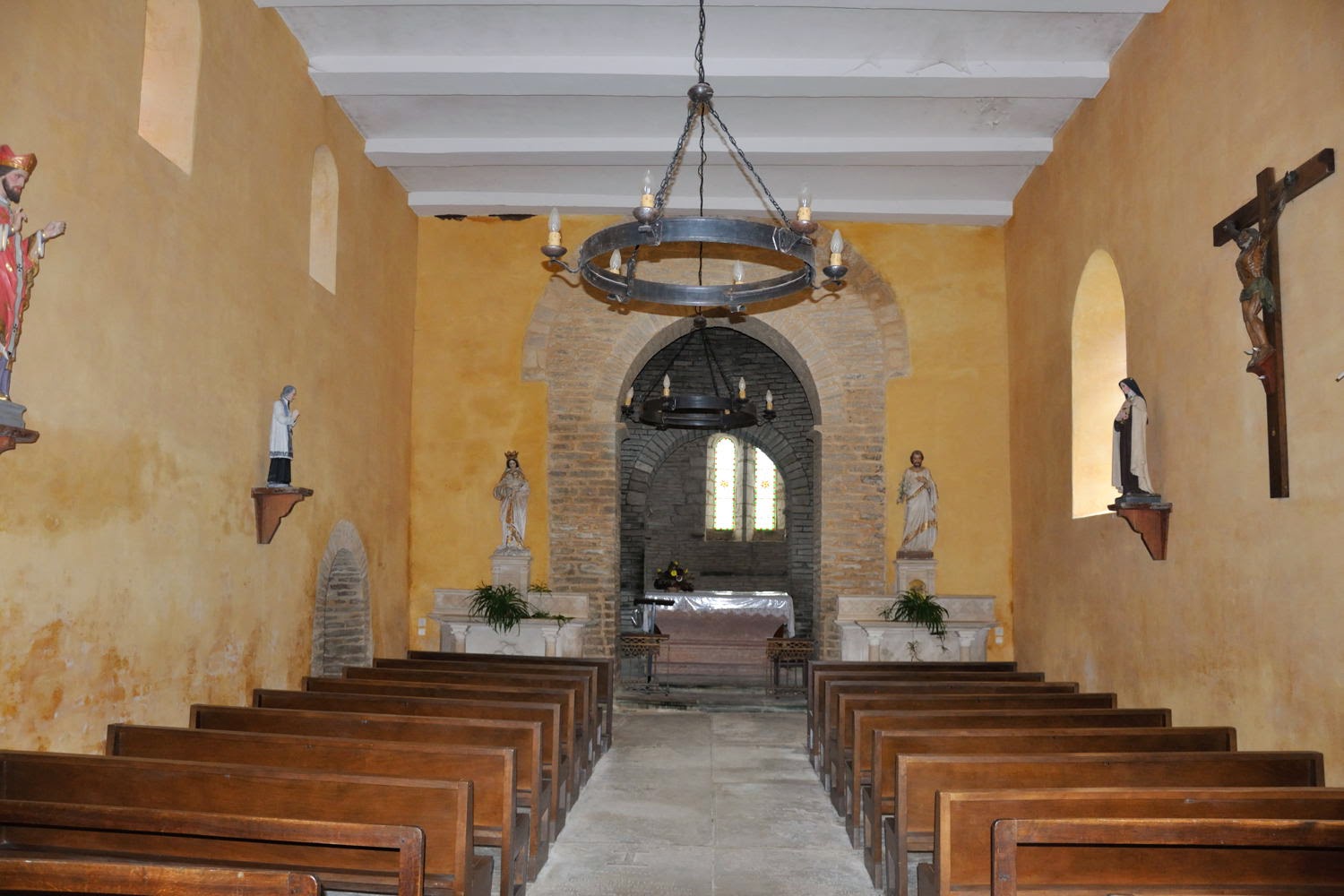When in 2006 we started a campsite in South-Burgundy, we did not exactly know what the ins and outs were of the terrain and of the local climate. And what sort of camping we wanted was also not entirely clear.
 |
| 2008 |
Of course we had some idea: small scale, no electricity on the camp site itself, decent toilet facilities with a fridge and freezer for general use, and something we had encountered on one of our favourite campsites in the Netherlands (
Camping Zegenoord): if possible no cars next to the tent. That sounded simpler than it was. Outside the camp site there was only limited space available. This idea was dropped almost as soon as it came up, also because we thought it quite handy to use the car as a mobile storage space next to the tent.
The first couple of years we had lovely, hot weather throughout the summer, and well into November. After that we occasionally had quite a wet spring, but when finally the summer holidays started the soil was often rock hard, making it very difficult to even drive a tent peg into the ground.
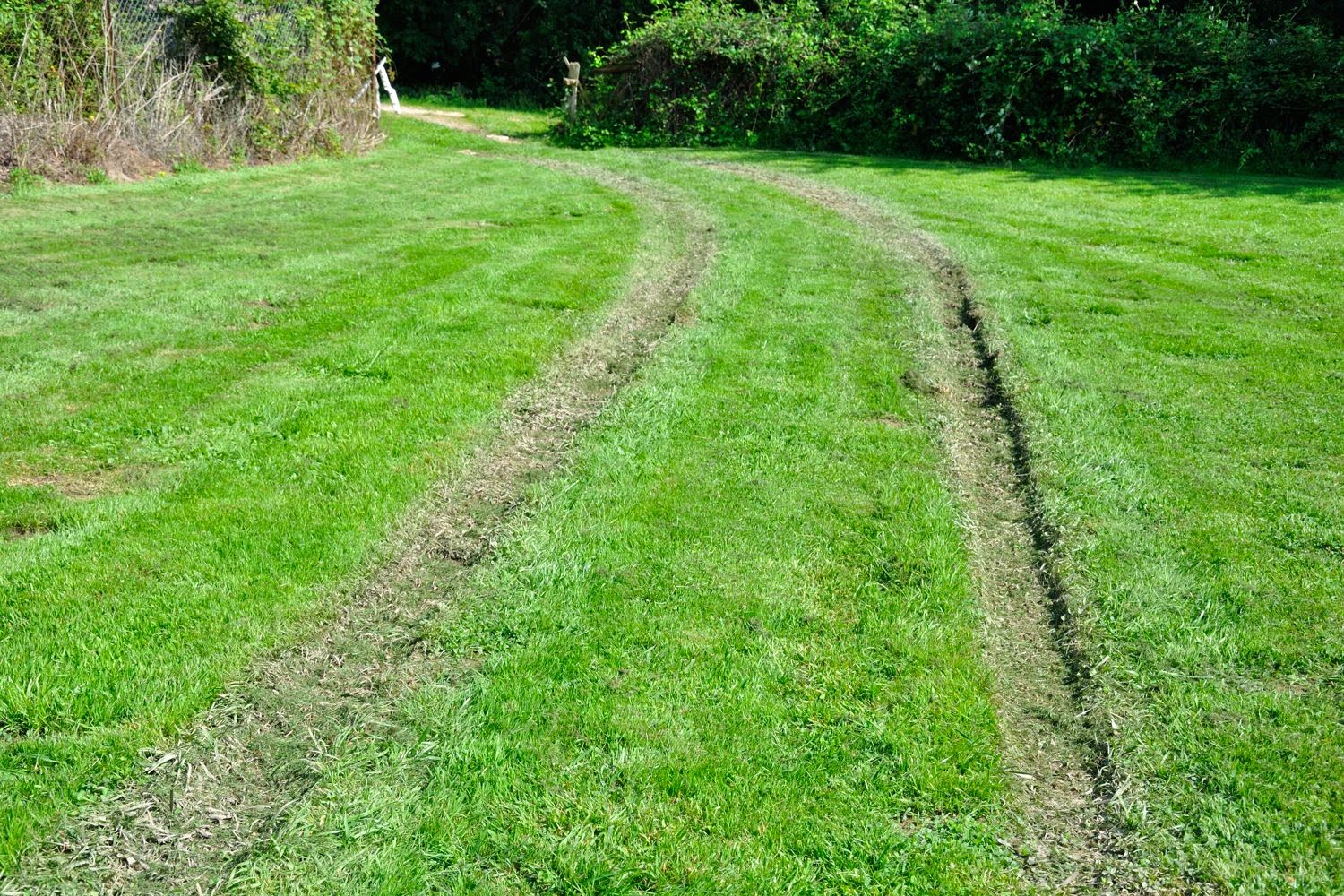 |
| leaving one’s traces (August 2014) |
However, this year, and also the year before that, the weather was considerably different from previous years. Not only did we have a wet and cold summer, but the amount of rain was far too high according to statistics ever since 2012(!), and it was also, to quote the weathermen on TV, during the summer far too cold for the time of year. And what we did during the previous summer, closing the camp site for vehicles during a short period, became a standard rule at the end of the season of 2014. Camping was no problem, nobody got wet feet, but, depending on the style of driving of the various campers we have been praying every so often that nobody was going to dig his wheels so far in that we needed a tractor to bail him or her out, simply by using the accelerator as if he was driving a formula 1 car. We had seen that once, and we hope to never witness that again.
 |
| This was not what we had in mind! (August 2014) |
Hence we asked our campers, before they arrived, to park outside the gate, at an angle, and parallel to each other. At first that did not work out as we thought it would (see picture), but after a while people cracked the system. When everyone parks parallel it is possible to get 4 cars (with 5 as an absolute maximum) outside the gate. If one parks less carefully the number reduces to 2 à 3. But anyway, after giving instructions, and begging people to obey to the rules, we ended the last 2 weeks of the season of 2014 without cars on the campsite and with 4 cars outside.
Those cars however need to be of what we consider to be “normal” size. It further means that the maximum number of tents we can accommodate reduces from 6 to 5, a number with which we are not really unhappy. We seldom have had a full site with 6 tents. And there are a few more things one does realise than only after some more thought: we are not longer able to accommodate trailers. And how to transport the camping gear from the car to the tent space? That can be arranged with a wheel barrow, as we have found out, until we can come up with something better.
 |
| Ah, that way! (August 2014) |
For cyclist nothing really changes; they can always take up a 5th or 6th space.
The last days we have been busy to measure the available space, to determine the maximum length of a car (approx. 4.25 m or 14 feet), to find the required width of a space (approx. 2.3 m or 7’6”) and to figure out how to mark the spaces on a piece of grass. All in all, it looks like we will have a car-free campsite next year. The main question remains of course how our campers will react to those changes. Turning up unexpectedly with a big Volvo Station Waggon is not longer an option. Booking in advance seems to be the only possibility to be assured of a space on the camp site …
 |
| The future? (August 2014) |
More information (telling you how we managed the camp site up to now) can be found on the website of
La Tuilerie de Chazelle.










